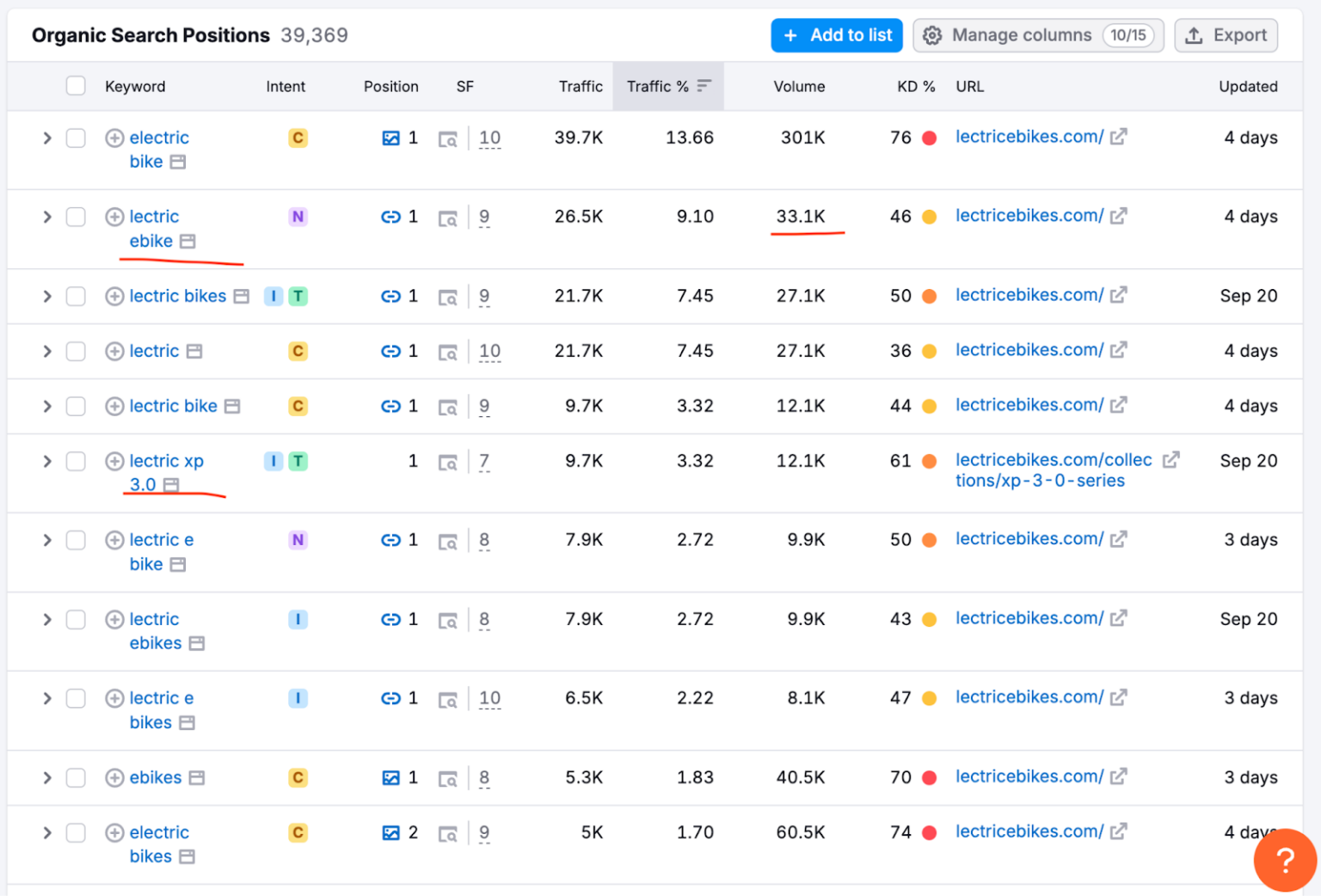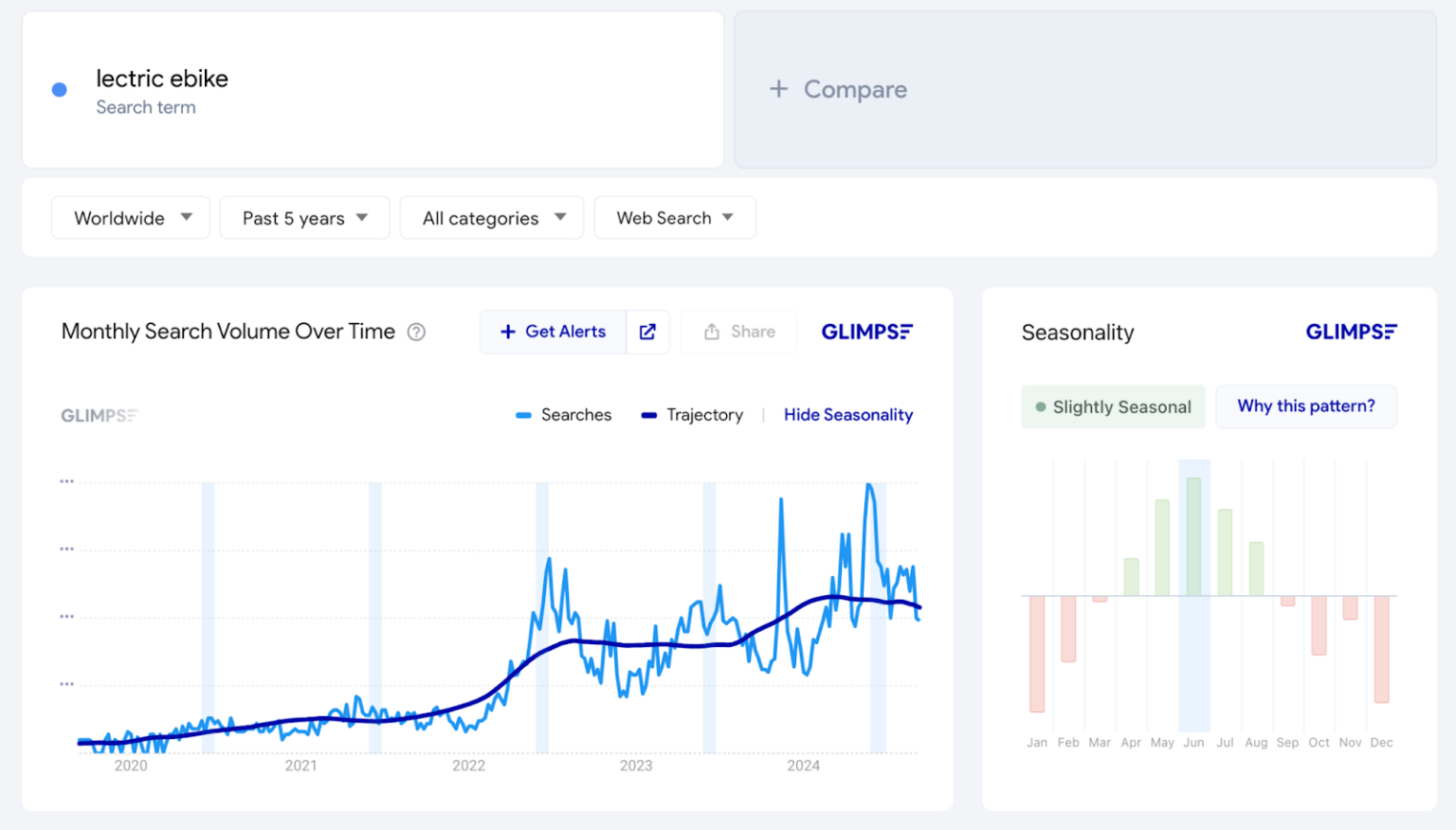Introduction
In today’s hyper-competitive market, staying ahead of your competitors is no longer a luxury; it’s a necessity. Knowing what drives engagement for your competitors can offer valuable insights to shape your strategy, elevate your brand, and engage your target audience more effectively. One of the most efficient tools for analyzing brand engagement is Google Trends—a powerful platform that provides real-time data on search trends and user behavior.
This article provides a detailed guide on how to use Google Trends to analyze your competitors’ brand engagement—from identifying trends to interpreting data for actionable insights. We will delve into practical steps to utilize Google Trends, explore its features, and demonstrate how to integrate the findings into your broader marketing strategy.
1. Setting a Competitive Benchmark with Google Trends
The first step in leveraging Google Trends is to establish a competitive benchmark. Start by entering the name of your competitor’s brand in the search bar. Google-Trends will display a graph showing how interest in the brand has evolved over time. This feature is essential for identifying spikes in brand engagement, seasonal trends, or moments where competitor campaigns led to a surge in popularity.
Key Steps:
- Go to Google Trends and enter your competitor’s brand name.
- Select the time frame (e.g., last 12 months or 5 years) to understand long-term vs. short-term trends.
- Analyze the peaks and valleys to spot any patterns in engagement.
Pro Tip:
Compare your competitor’s performance against your own by adding your brand name into the comparison feature. This dual graph view allows you to visually map how your brand stacks up in terms of user interest.
2. Using Geographic Data for Targeted Strategies
Google Trends provides geographic data, revealing where your competitor is gaining traction. This regional data is invaluable for tailoring marketing campaigns to specific areas where competitor interest is strong or where your brand has the potential to outperform.
How to Access Geographic Insights:
- After entering your competitor’s name, scroll down to the “Interest by region” section.
- Identify regions with the highest interest in your competitor’s brand.
- Use this information to tailor region-specific marketing efforts or identify untapped markets.
3. Identifying Trending Keywords Around Your Competitor’s Brand
Google Trends also offers insights into the search queries associated with your competitors. These related search queries reflect user intent and highlight which aspects of your competitor’s brand are driving engagement.
Steps to Discover Trending Keywords:
- Enter the competitor’s brand name in Google Trends.
- Scroll to the “Related Queries” section to identify the most common search terms connected to the brand.
- Look for queries labeled as “rising”—these are trending searches that indicate fresh opportunities for engagement.
Actionable Tip:
Integrate these trending queries into your SEO strategy. Create blog posts, landing pages, or even ad campaigns that target these rising queries to capture traffic that’s already interested in your competitor’s products or services.
4. Spot Seasonal Trends to Optimize Campaign Timings
Seasonal trends are a crucial factor in understanding when your competitor experiences spikes in engagement. Google-Trends makes it easy to spot these fluctuations, helping you predict when it’s the best time to ramp up your own marketing efforts.
Steps to Identify Seasonality:
- Analyze historical data over several years to identify recurring trends during specific months or seasons.
- Use these insights to schedule your campaigns for maximum impact when competitor interest is low, or the market is ripe for engagement.
5. Uncovering Content Opportunities with Google Trends’ Related Topics
Beyond search queries, Google Trends also provides related topics—key themes or subjects that users associate with your competitor’s brand. These topics can reveal broader areas of interest that your competitor is tapping into.
How to Utilize Related Topics:
- Enter your competitor’s brand in Google Trends.
- Scroll to the “Related Topics” section to uncover overarching themes that users are engaging with.
- Create content around these topics that aligns with your brand’s value proposition, filling gaps in the market or adding unique insights.
6. Monitoring Competitor Campaign Performance in Real-Time
Google Trends can be used as a real-time tracking tool to monitor the immediate impact of your competitor’s marketing campaigns. By analyzing search data in real time, you can gauge how effective a particular ad, event, or content piece is in driving brand engagement.
How to Track in Real-Time:
- Enter your competitor’s name and set the time frame to “Past Hour” or “Past Day” for real-time data.
- Keep track of sudden spikes or dips in interest, correlating them with specific campaigns or events your competitor has launched.
Pro Tip:
Combine real-time data from Google Trends with social media monitoring tools for a holistic view of competitor campaign performance.
7. Integrating Google Trends Data into Your Marketing Strategy
Once you’ve gathered insights from Google Trends, the next step is integration. Use this data to inform various aspects of your marketing strategy—SEO, paid ads, content marketing, and more.
Steps to Integrate Google Trends Data:
- Align your content strategy with trending topics and queries.
- Use geographical insights to launch region-specific ad campaigns.
- Leverage seasonality to time product launches, promotions, and ad spends.
Bonus Tip:
Regularly monitor competitor trends to keep your strategy agile. Google Trends is an ever-evolving tool that provides real-time data, so staying updated ensures you capitalize on emerging opportunities.
Conclusion
Google Trends is a versatile and insightful tool for analyzing competitors’ brand engagement. From discovering trending keywords to identifying regional strengths, it enables you to shape a data-driven marketing strategy that addresses your competitor’s strengths while exploiting their weaknesses.
By following the outlined steps, you can gather actionable insights, enhance your SEO, and tailor your marketing efforts to outmaneuver your competitors in the ever-evolving digital landscape.



